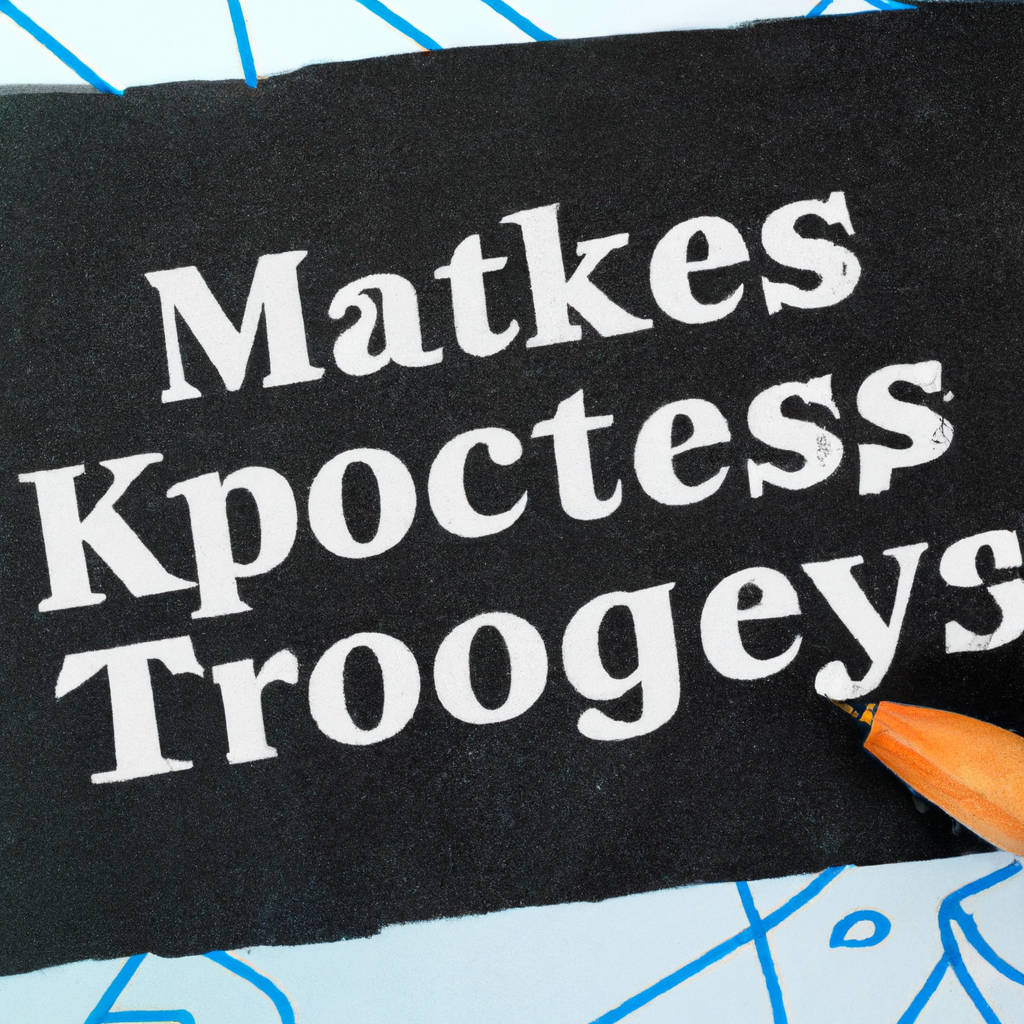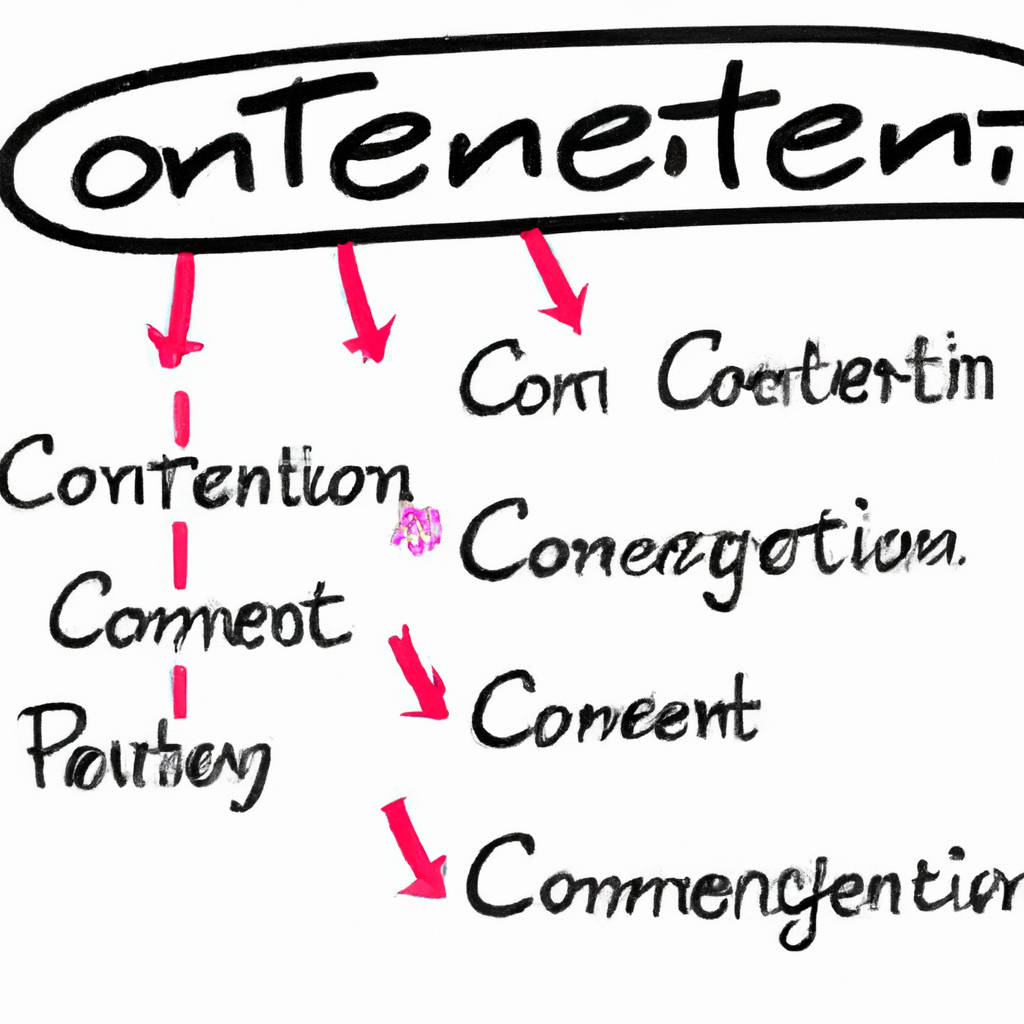Sports marketing strategies are essential for any team or organization looking to maximize their exposure and reach a wider audience. One key strategy is leveraging social media platforms to engage fans and promote events. By creating compelling content, sharing behind-the-scenes footage, and interacting with followers, teams can build a loyal fan base and generate excitement for games and other events. Another important strategy is forming partnerships with other brands or sponsors.
By aligning with companies that share similar values or target demographics, teams can increase their visibility and attract new fans. Additionally, hosting special events or promotions can help teams connect with their local community and drive ticket sales. By offering exclusive discounts, giveaways, or meet-and-greets, teams can create memorable experiences for fans and build long-lasting relationships.
Ultimately, a successful sports marketing strategy requires a combination of creativity, strategic planning, and a deep understanding of the target audience. By staying ahead of trends, adapting to new technologies, and constantly engaging with fans, teams can continue to grow their brand and achieve their marketing goals.

Audience Targeting
Audience targeting is a common practice in the world of marketing and advertising. It involves identifying specific groups of people who are likely to be interested in a particular product or service and tailoring marketing strategies to appeal to them. By understanding the demographics, interests, and behaviors of different audience segments, businesses can create more personalized and relevant campaigns that are more likely to resonate with their target customers. This can lead to higher conversion rates, increased brand loyalty, and ultimately, greater success for the business.
However, it is important for companies to be mindful of privacy concerns and ethical considerations when collecting and using data to target audiences. It is essential to be transparent with customers about how their information is being used and to give them the option to opt out of targeted advertising if they choose. Ultimately, audience targeting can be a powerful tool for businesses to reach the right people with the right message at the right time, but it is crucial to do so in a responsible and respectful manner.
Content Engagement
Content engagement is a crucial aspect of any online platform or marketing strategy. It refers to the level of interaction and interest that users have with the content they consume. High levels of engagement indicate that the content is resonating with the audience and capturing their attention. This can lead to increased brand awareness, loyalty, and ultimately, conversions. There are various ways to measure content engagement, such as likes, shares, comments, and time spent on a page.
By analyzing these metrics, businesses can gain valuable insights into what type of content is most effective in engaging their target audience. It is important for businesses to continuously monitor and adjust their content strategy to ensure that they are delivering relevant and engaging content to their audience. Ultimately, content engagement is a powerful tool that can help businesses build relationships with their customers, drive traffic to their website, and ultimately, achieve their marketing goals. By focusing on creating high-quality, engaging content, businesses can connect with their audience on a deeper level and stand out in a crowded digital landscape.

Perfect Timing
Timing is a crucial component in achieving success in any endeavor. When the right moment presents itself, it can make all the difference between success and failure. It is like catching a wave – if you wait too long, you miss the opportunity and the wave passes you by. Similarly, if you act too soon, you may jump the gun and miss out on the full potential of the situation. Perfect timing is about being in sync with the rhythm of life, recognizing the signs and signals that indicate when the time is right to make a move.
It requires a combination of intuition, awareness, and readiness to seize the moment when it presents itself. Those who have mastered the art of perfect timing are able to anticipate opportunities and take advantage of them when they arise. They understand that timing is not just about luck, but about being prepared and attuned to the subtle cues that indicate when the stars are aligned for success.
In business, relationships, and everyday life, those who have a knack for perfect timing are able to navigate challenges with ease and achieve their goals with precision. It is a skill that can be honed through practice and experience, but ultimately it is a gift that sets some apart from the rest. Mastering the art of perfect timing can lead to greater opportunities, deeper connections, and a more fulfilling life overall.
Brand Partnerships
Brand partnerships are collaborations between two or more brands to create a unique offering or experience for their customers. These partnerships can range from co-branded products to joint marketing campaigns or even shared events. By teaming up with another brand, companies can leverage each other’s strengths and reach new audiences that may not have been accessible otherwise. This can lead to increased brand awareness, customer loyalty, and ultimately, higher sales.
Additionally, brand partnerships can help companies tap into new markets or niches that they may not have expertise in. For example, a clothing brand may partner with a technology company to create a line of smart clothing, combining fashion with functionality. This not only expands the brand’s product offerings but also positions them as innovative and forward-thinking.
Ultimately, brand partnerships can be a powerful tool for companies to stay relevant, differentiate themselves from the competition, and drive growth in an increasingly crowded marketplace. By carefully selecting the right partner and aligning on goals and objectives, brands can create mutually beneficial relationships that can bring value to both parties and their customers.

Social Media Use
Social media use has become a ubiquitous aspect of modern society, with billions of people around the world utilizing platforms such as Facebook, Instagram, Twitter, and Snapchat on a daily basis. These platforms have revolutionized the way we communicate, allowing for instant connection with friends, family, and even strangers from across the globe. The ability to share photos, videos, and thoughts in real-time has transformed the way we share information and stay connected with others.
However, the widespread use of social media has also raised concerns about privacy, mental health, and the spread of misinformation. The constant barrage of curated images and status updates can lead to feelings of inadequacy and low self-esteem, as individuals compare themselves to the seemingly perfect lives of others. Additionally, the rapid spread of fake news and misinformation on social media platforms has the potential to influence public opinion and even election outcomes.
Despite these drawbacks, social media remains an integral part of our daily lives, with many people relying on it for news, entertainment, and social connection. As the use of social media continues to grow, it is important for individuals to be mindful of the potential risks and benefits associated with these platforms, and to use them responsibly and thoughtfully. By being aware of the impact of our online interactions, we can work towards creating a more positive and informed digital community.
Final Thoughts
As we come to the end of our discussion, it is important to reflect on the points that have been raised and consider the implications of our actions. It is crucial to remember that every decision we make has consequences, some of which may not be immediately apparent. It is important to take the time to think through our choices and consider how they will impact others and ourselves in the long run. It is also important to remember that our actions are not isolated; they are part of a larger web of interactions that shape our world.
By being mindful of the potential outcomes of our decisions, we can strive to make choices that are in line with our values and contribute to a more harmonious society. In the end, it is up to us to take responsibility for our actions and strive to make choices that align with our principles and beliefs. Final thoughts are a reminder that our decisions matter and have the power to shape the world around us. Let us approach each choice with care and consideration, knowing that our actions have the potential to create positive change and make a difference in the lives of others.
